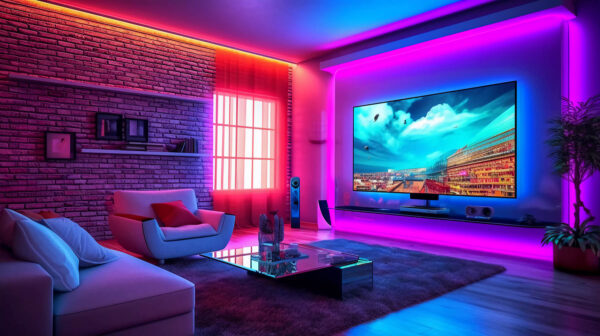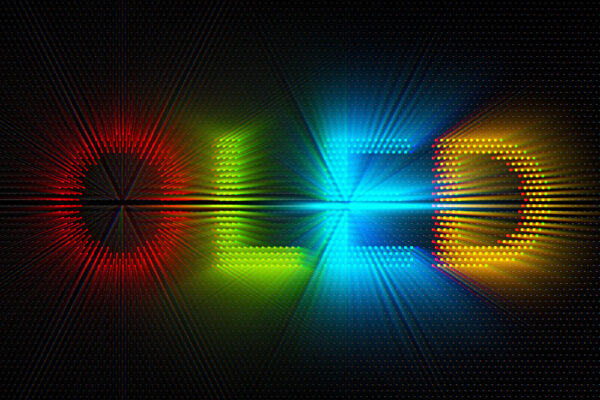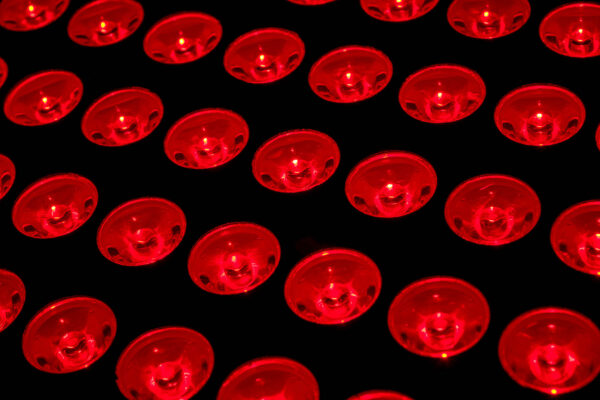In today’s energy-conscious world, selecting the right lighting technology is about more than just brightness—it’s a decision that affects energy bills, environmental impact, and long-term maintenance. For years, CFLs (Compact Fluorescent Lamps) were promoted as a greener alternative to incandescent bulbs. But with the rapid advancement of LED (Light Emitting Diode) technology, many homeowners and businesses are now faced with the decision: LED vs CFL—which is better?
This article offers a detailed comparison of LED and CFL lighting across multiple criteria, supported by industry data and real-world performance.
What Are CFLs and LEDs?
CFL (Compact Fluorescent Lamp)
CFLs are a type of fluorescent lamp that has been miniaturized to fit standard light sockets. They work by sending an electric current through a gas, which produces ultraviolet light that is converted into visible light by a phosphor coating.
LED (Light Emitting Diode)
LEDs are solid-state lighting devices that produce light by passing electricity through a semiconductor. This process is more efficient and direct, with less wasted energy.
1. Energy Efficiency
When it comes to energy consumption, LEDs outperform CFLs by a wide margin. According to the U.S. Department of Energy (DOE), ENERGY STAR-certified LED bulbs use at least 75% less energy than incandescent lighting and 25–30% less than CFLs for the same level of brightness.
| Bulb Type | Watts to Produce 800 Lumens |
|---|---|
| Incandescent | 60 W |
| CFL | 13–15 W |
| LED | 8–10 W |
Verdict: LEDs are the clear winner in energy efficiency.
Source: U.S. Department of Energy – LED Lighting
2. Lifespan
The lifespan of a bulb directly affects replacement frequency and long-term costs.
-
CFLs typically last around 8,000 to 10,000 hours.
-
LEDs often last 25,000 to 50,000 hours, depending on quality and usage.
This means an LED could last 3 to 5 times longer than a CFL, making it ideal for both residential and commercial applications.
Source: ENERGY STAR – CFLs vs LEDs
3. Environmental Impact
One of the key differences in the LED vs CFL debate is environmental safety.
CFL Concerns:
-
CFLs contain mercury, a toxic substance that can be harmful to both people and the environment if the bulb breaks or is improperly disposed of.
-
CFLs require special recycling procedures to prevent mercury contamination.
LED Benefits:
-
LEDs contain no hazardous materials.
-
They are fully recyclable and produce significantly fewer greenhouse gas emissions over their lifetime due to their efficiency.
Verdict: LEDs are safer and more environmentally friendly.
4. Warm-Up Time and Performance
CFLs often require 30 seconds to 3 minutes to reach full brightness, especially in cold temperatures. This makes them less ideal for outdoor use or fixtures that are frequently turned on and off.
LEDs, on the other hand, turn on instantly at full brightness, regardless of temperature or environment.
Verdict: LEDs offer better performance in speed and consistency.
5. Light Quality and Color Options
Both CFLs and LEDs are available in a range of color temperatures (measured in Kelvins), from warm white (2700K) to daylight (5000K+). However, LEDs offer more control and a broader spectrum of customizable lighting, including dimmable and smart features.
In addition, LEDs typically have a higher Color Rendering Index (CRI), which means they show colors more accurately and vividly.
Verdict: LEDs provide superior light quality and customization.
6. Durability
CFLs are made of glass tubes, making them more fragile and prone to breakage. Because they rely on a gas discharge process, they are also more sensitive to temperature and humidity.
LEDs are solid-state devices with no fragile filaments or tubes. They are:
-
Shock-resistant
-
Vibration-resistant
-
Well-suited for outdoor and industrial environments
Verdict: LEDs are more durable and reliable in all conditions.
7. Cost Comparison
While LED bulbs cost more upfront, the long-term savings are significant.
| Bulb Type | Average Initial Cost | Estimated Annual Cost* |
|---|---|---|
| CFL | $2–5 | ~$1.20/year |
| LED | $3–10 | ~$0.80/year |
*Based on 3 hours/day usage at $0.11 per kWh
Even with the higher upfront price, LEDs recoup their cost quickly through reduced energy use and fewer replacements.
Verdict: LEDs are more cost-effective over time.
When Might You Still Use CFLs?
While LEDs are superior in most aspects, CFLs are still used in some legacy applications:
-
Older dimmer switches not compatible with LEDs
-
Tight budgets where low upfront cost is the priority
-
Locations where long lifespan is less critical (e.g., closets or low-use fixtures)
However, as LED prices continue to fall and compatibility improves, these use cases are becoming rare.
Final Verdict: LED vs CFL
| Category | Winner |
|---|---|
| Energy Efficiency | LED |
| Lifespan | LED |
| Environmental Impact | LED |
| Warm-Up Time | LED |
| Light Quality | LED |
| Durability | LED |
| Long-Term Cost | LED |
In the LED vs CFL comparison, LED lighting clearly emerges as the better choice for energy efficiency, safety, performance, and sustainability. CFLs were a stepping stone in the transition from incandescent bulbs, but LEDs are now the standard for modern, efficient lighting in homes, businesses, and public infrastructure.
As more utilities and governments incentivize LED upgrades, making the switch is not just smart—it’s inevitable.




